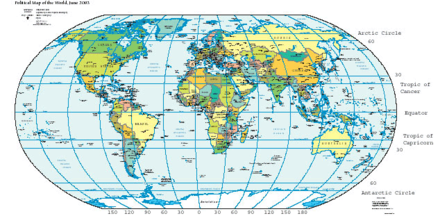

A recording format is a format for encoding data for storage on a storage medium. The format can be container information such as sectors on a disk, or user/audience information (content) such as analog stereo audio. Multiple levels of encoding may be achieved in one format. For example, a text encoded page may contain HTML and XML encoding, combined in a plain text file format, using either EBCDIC or ASCII character encoding, on a UDF digitally formatted disk.
In electronic media, the primary format is the encoding that requires hardware to interpret (decode) data; while secondary encoding is interpreted by secondary signal processing methods, usually computer software.